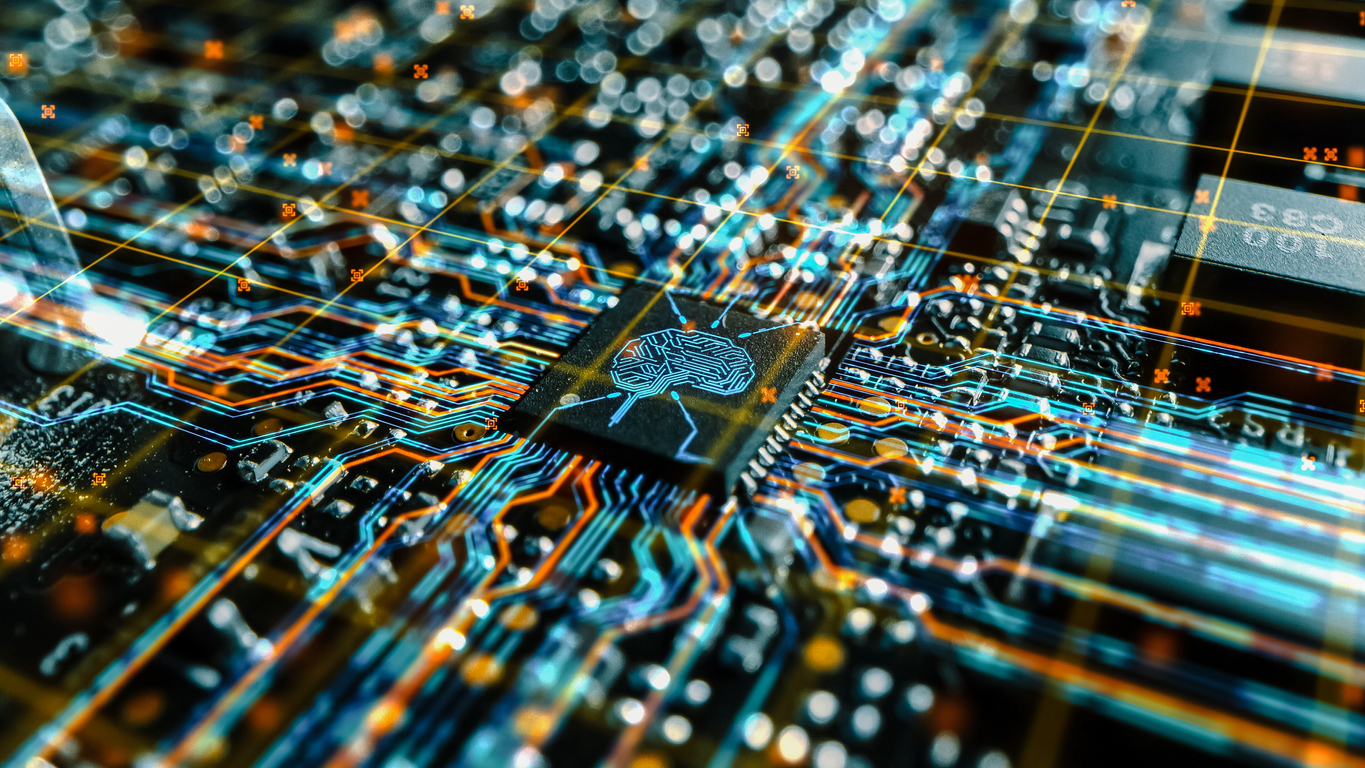The CHIPS and Science Act (CHIPS) was established by Washington in 2022 to encourage semiconductor companies to manufacture their product here in the United States.
From the website GRANTHORTON.COM: “The CHIPS Act, enacted last August, authorizes the federal government to provide direct funds, make direct loans and loan guarantees to qualifying companies making investments in the domestic semiconductor manufacturing industry. The act (also) created a 25% tax credit, which is projected to provide up to $24 billion to semiconductor manufacturers over the next several years, and does not have any cap on total allocation”
These chips power everything from automobiles to zoo electronics. The latest applications in the news for semiconductor chips includes artificial intelligence (AI) which will soon give us electronic humans in all shapes and sizes. They are currently one of the hottest stock sectors investors are piling into.
There are 68 semiconductor manufacturers which are listed on the public stock exchanges all over the world. They have a combined worth of over 5.3 trillion with a total estimated annual revenue of over half a trillion dollars. 12% of all chips are made in the U.S. with the remainder scattered far and wide throughout the globe.
Being the essential brains of most things that require complex functions, it has been argued that relying on 88% of the chips being made overseas is a threat to U.S. security and the government wants to do something about it.
The Chips Act was initiated as a free handout to U.S. based chip makers to build more plants here in the states and 52 billion was the allotted amount when first conceived. Although not all the money has been allocated, Intel Corporation, a public company, was just given the largest amount of eight billion dollars just last week.
One could argue the security of the United States takes precedent over the idea of funding public companies, but this analyst doesn’t see it that way.
Semiconductor (chip) companies have been the hottest investment going lately, with chip manufactures NVDIA and Micron Technology seeing their stocks go literally straight up. One wonders if the free money has anything to do with it.
After all, when a company has some government funding, what’s not to like right?
Micron stock has gained over 80% in the last 12 months, Advanced Micro Devices over 83% and NVDIA over 252%. Intel stock has lagged but the CEO hasn’t done badly.
The salaries and net worth of the CEO of each company is below:
Intel– In 2021, the most recent year of available compensation data, Patrick Gelsinger earned a total of $179 million. Only $1.1 million was his base salary. He received $1.75 million in a cash hiring bonus and nearly $170 million in stock awards.
Micron Technologies– Sanjay Mehrotra, the CEO of Micron Technology, has an estimated net worth of at least $136 million. His total compensation in 2022 was $28,840,809, which included a salary of $1,409,893, a bonus of $3,435,275, stock of $23,499,965, and other compensation of $495,676. Mehrotra owns about 1.3 million Micron shares, which is 0.11% of the company’s outstanding shares.
NVDIA– Jensen Huang, appointed in Apr 1993, total yearly compensation is $21.36M, comprised of 4.7% salary and 95.3% bonuses, including company stock and options is worth an estimated 62 billion.
Advanced Micro Devices -Lisa Su, lagging behind (poor thing) only had an estimated net worth of over $1 billion. This is made up of approximately 4 million shares of AMD stock, which are worth about $700 million, and awarded options. Su owns 0.2% of AMD.
Now consider these figures were before the stock price increases noted above.
Now I am no expert on such things as reasonable salaries for executives, but if the board of directors of for-profit public companies want to pay their top brass such amounts, it is in their rights to do so. After all, the boards control such things.
But is it just me, or should Washington be doling out billions to for-profit companies using taxpayer dollars when the executives are making the fortune 500 list of the wealthiest of Americans?
Add in the amount each of their stocks have risen, and the tax breaks, and it seems more logical (and a bit more fair to us taxpayers) to just require them to increase U.S. manufacturing capabilities with their own money instead of giving them billions of our hard earned tax dollars.
Just saying.
This article expresses the opinion of Marc Cuniberti and is not meant as investment advice, or a recommendation to buy or sell any securities, nor represents the opinion of any bank, investment firm or RIA, nor this media outlet, its staff, members or underwriters. Mr. Cuniberti holds a B.A. in Economics with honors, 1979, and California Insurance License #0L34249. His insurance agency is BAP INC. insurance services. Email: [email protected]


